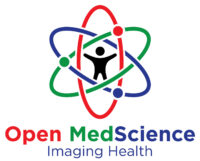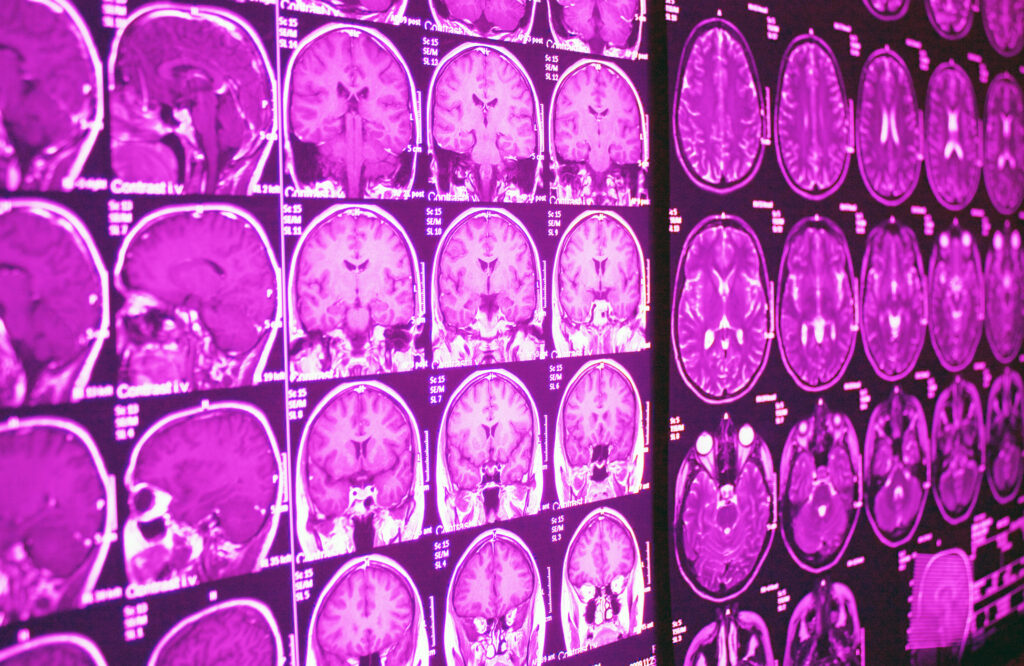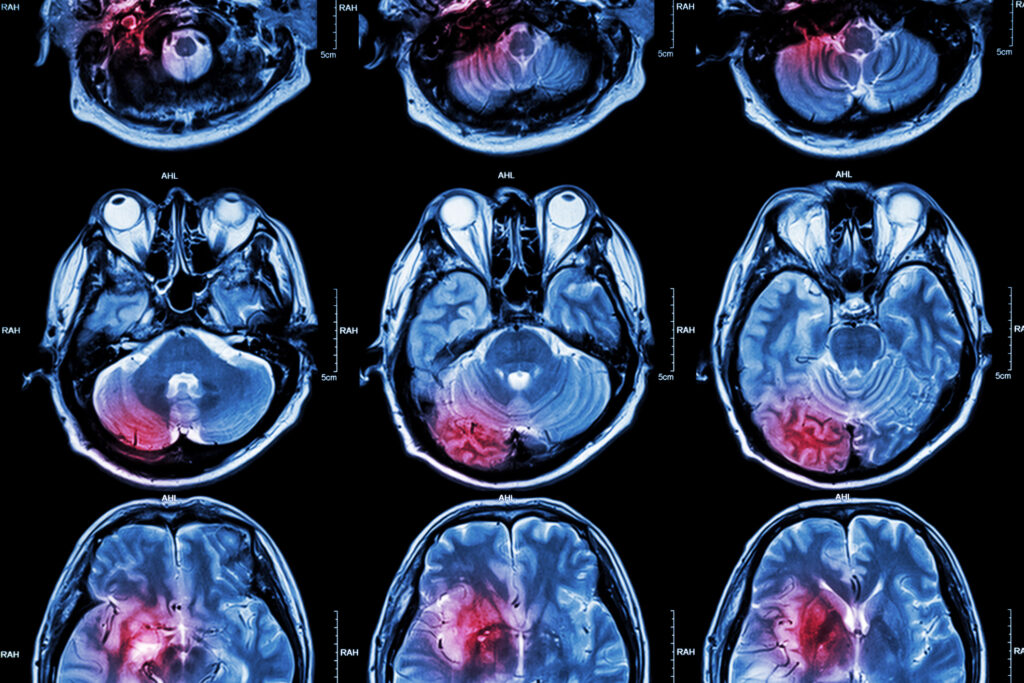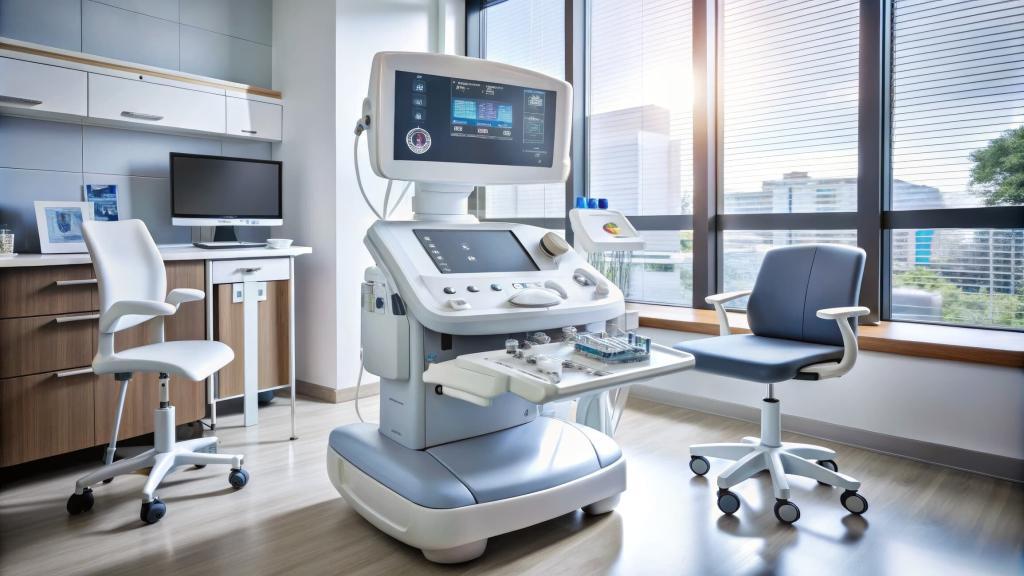Facial features play a central role in how others perceive us—and how we perceive ourselves. From subtle expressions to underlying bone structure, our faces communicate a wide range of signals that influence trust, confidence, and perceived ability. Thanks to advances in both social neuroscience and medical imaging, researchers now have a deeper insight into how facial anatomy affects everyday confidence and interpersonal dynamics.
Facial Structure, Medical Imaging, and Perceived Strength
Recent studies confirm that the facial width-to-height ratio (fWHR) is consistently linked to perceptions of strength and competence. Individuals with broader faces are more often judged as physically dominant or capable, particularly in competitive or leadership scenarios. These structural traits are not merely observed subjectively—they can be measured and analysed using modern medical imaging technologies, such as 3D facial scanning, CT scans, and MRI. These tools allow researchers to quantify bone density, facial proportions, and soft tissue distribution with high precision. As a result, the once abstract connection between facial structure and perceived ability is now supported by quantifiable anatomical data.
Imaging Insights: Bone Density and Testosterone
Medical imaging has also made it possible to investigate correlations between facial bone structure and hormonal influences, such as testosterone levels. CT scans, for example, help reveal denser, wider zygomatic arches (cheekbones) in individuals with higher testosterone, a trait often subconsciously interpreted as a sign of strength or assertiveness.
The Power of Facial Expressions in Trust Perception
In contrast to structural cues, facial expressions strongly influence perceived trustworthiness, warmth, and sociability. A smile—manifested through raised cheeks, crow’s feet, and upturned mouth corners—is consistently rated as more approachable and trustworthy. Conversely, expressions resembling anger can prompt assumptions of unfriendliness or hostility. Using dynamic imaging technologies like motion capture and facial electromyography (fEMG), scientists can map micro-movements and muscular patterns that contribute to these expressions. These imaging techniques not only reveal how expressions vary between individuals but also how subtle differences impact perception.
Confidence, Self-Image, and Aesthetic Interventions
Understanding how one’s face is interpreted can enhance social confidence. While expressions are highly adaptable, some individuals feel that structural ageing—such as skin laxity or volume loss—impacts their self-image and how they’re perceived. In such cases, medically guided aesthetic options, such as facelifts, may help restore facial harmony and confidence. Advanced surgical techniques, often informed by precise facial imaging, offer personalised solutions. For example, individuals exploring facelift options in Fort Worth often seek a balance between natural-looking results and structural refinement. These procedures aim to enhance—not alter—facial identity, aligning appearance with how individuals feel internally.
Cognitive Bias and the Limits of Visual Judgments
While imaging helps identify structural contributors to perception, it’s important to acknowledge the limitations of relying solely on appearance. A naturally stern face or asymmetrical smile can easily be misjudged, leading to biased interactions. Understanding these biases through neuroimaging studies allows for more objective evaluations. Functional MRI (fMRI) research shows that the brain reacts to perceived trustworthiness within milliseconds of viewing a face, triggering emotional and cognitive responses before conscious thought occurs. These reactions are not always accurate but are deeply rooted in evolutionary survival mechanisms.
Practical Takeaways for Confidence and Presentation
Whether preparing for a professional photo, virtual meeting, or face-to-face interaction, the following strategies are grounded in both behavioural science and medical imaging insights:
- Utilise expressions consciously: Smiles enhance perceived trustworthiness in nearly all social contexts.
- Be aware of facial symmetry and lighting: These factors subtly influence how others interpret your mood or personality.
- Know your neutral expression: Gain feedback on how your resting face is perceived to adjust where necessary.
- Use medically accurate imaging: For those considering aesthetic enhancements, imaging ensures precise planning and results that reflect your personal goals.
The Future of Imaging in Facial Perception Research
Medical imaging continues to shape the future of facial perception science. Emerging innovations include:
- 4D imaging for real-time expression analysis
- Ethnically and age-diverse facial databases
- Cross-integration with AI and behavioural prediction tools
These developments promise a more nuanced understanding and equitable assessments across diverse populations, offering new ways to understand how we relate to one another through facial appearance.
Conclusion
Facial structure and expressions jointly shape how others perceive us—and how we view ourselves. Medical imaging has given researchers the tools to explore these elements with unprecedented accuracy, confirming long-held assumptions and uncovering new insights. While we can’t change our basic facial anatomy, we can control how we express emotion, manage our self-presentation, and—when desired—explore medically informed aesthetic solutions that align appearance with confidence. In a world increasingly reliant on first impressions, understanding the science behind our faces is a critical step toward projecting and embodying everyday confidence.
As technology continues to merge with psychology and aesthetics, we gain more agency over how we’re perceived—and how confidently we move through the world.
Disclaimer
The content presented in this article is intended for informational and educational purposes only. It does not constitute medical advice, diagnosis, or treatment. The discussion of facial features, medical imaging, aesthetic procedures, and related research reflects current scientific findings, which may evolve over time. While studies cited refer to general trends and correlations, individual differences and outcomes may vary significantly.
Readers should be aware that perceptions based on facial structure or expression are influenced by complex psychological, cultural, and societal factors. No claims are made regarding the predictive accuracy or universal applicability of facial metrics discussed. References to aesthetic interventions are illustrative and not endorsements; anyone considering medical or cosmetic procedures should seek professional consultation from qualified healthcare providers.
Open Medscience does not promote superficial judgements based on appearance and encourages critical engagement with the science to avoid reinforcing stereotypes or biases. Use of the information provided is at the reader’s own discretion and risk.
You are here: home » diagnostic medical imaging blog »



